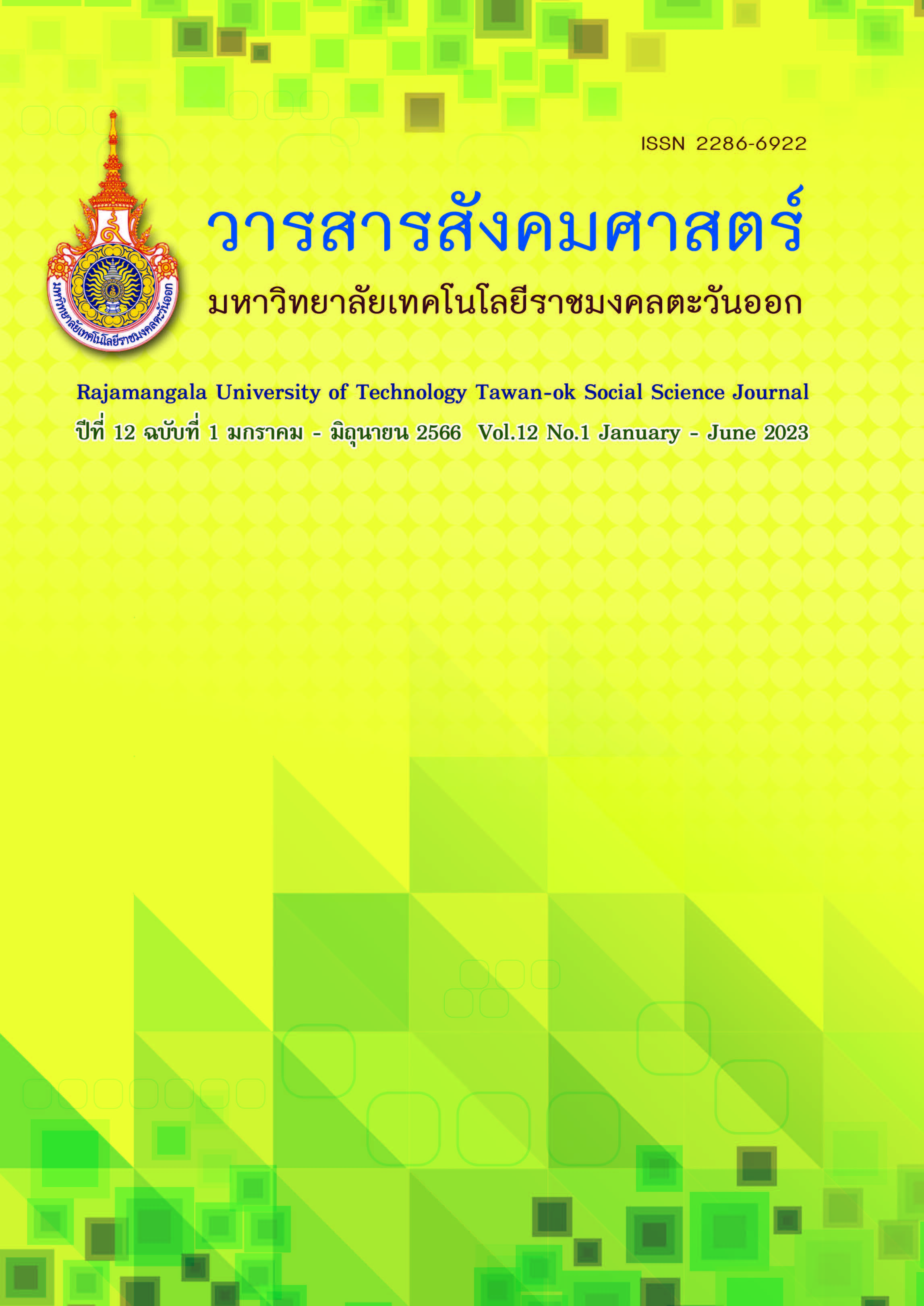Explore Behavioral Sciences Research Instruments and Data Collection
Main Article Content
Abstract
The purposes of this article are to inform readers to : 1) gain better understanding regarding the research Instruments & data collection, 2) know to the basic concepts of pattern and how to determine the research Instruments & data collection, and 3) In order for the reader to bring research Instruments and data collection of various proposed to study further for more diverse research. The author has constructed to body of knowledge from synthesizing a wide range of resources such as academic documents, books, textbooks and articles on a research Instruments and data collection. At the beginning of this article, the author will provide the information on research Instruments and data collection. Next, the article will present the research Instruments and data collection of various proposed from the Martin & Hanington In which the author has explained more in detail and academic textbook of others. The end of article is a summary for readers to be considered in the implementation of the research Instruments and data collection to provide quality and reliability as well as developing more research knowledge.
Article Details

This work is licensed under a Creative Commons Attribution-NonCommercial-NoDerivatives 4.0 International License.
References
Cagan, J., & Vogel, C. (2002). Creating Breakthrough Products: Innovation from Product Planning to Program Approval. Prentice Hall.
Callegaro, M., Baker, R. P., Bethlehem, J., Göritz, A. S., Krosnick, J. A., & Lavrakas, P. J. (2014). Online Panel Research: A Data Quality Perspective. Wiley.
Dubey, U. K. B., & Kothari, D. P. (2022). Research Methodology: Techniques and Trends. CRC Press, Chapman & Hall.
Eichhorn, J. (2022). Survey Research and Sampling. SAGE Publications.
Eyler, A. A. (2021). Research Methods for Public Health. Springer Publishing Company.
Flick, U. (2022). The SAGE Handbook of Qualitative Research Design. SAGE Publications Ltd.
Frey, B. B. (2022). The SAGE Encyclopedia Of Research Design, 4 Volumes Set. SAGE Publications.
Gravetter, F., Forzano, L-A., & Rakow, T. (2021). Research Methods For The Behavioural Sciences. Cengage Learning EMEA.
Hayhoe, S. (2023). Principles and Concepts of Social Research: A Critical Examination of Methodology, Methods and Analysis for Emerging Researchers. Routledge, Taylor & Francis Group.
Kawakita, J. (2004). The Original KJ Method. Tokyo: Kawakita Research Institute, 1982. Spool, J. The KJ-Technique: A Group Process for Establishing Priorities, 2004, www.uie.com
Leavy, P. (2023). Research Design: Quantitative, Qualitative, Mixed Methods, Arts-Based, and Community-Based Participatory Research Approaches, Second edition. The Guilford Press.
Maio, G. R., Haddock, G., & Verplanken, B. (2018). The Psychology of Attitudes and Attitude Change. SAGE Publications Ltd.
Martin, B., & Hanington, B. (2021). The Pocket Universal Methods of Design: 125 Ways to Research Complex Problems, Develop Innovative Ideas, and Design Effective Solutions. Rockport Publishers.
Meredith, D. (2021). Explaining Research: How To Reach Key Audiences To Advance Your Work. Oxford University Press.
Nigel, F. (2017). The Sage handbook of online research methods, Second edition. Sage Publication.
Salkind, N. J. (2022). Exploring Research, Global edition. Pearson Higher Education.
Stewart, R. (2022). How to Do Research: And How to Be a Researcher. Oxford University Press.
Tveitereid, K., & Ward, P. (2022). The Wiley Blackwell Companion to Theology and Qualitative Research. Wiley-Blackwell.
Wansink, B., & Chan, N. (2003). Using Laddering to Understand and Leverage a Brand’s Equity. Qualitative Market Research, Vol. 6 No. 2, pp. 111-118. https://doi.org/10.1108/13522750310470118
Webb, E. J., et al. (2000) Unobtrusive Measures: Nonreactive Research in the Social Sciences. Revised edition. Sage Publications.


